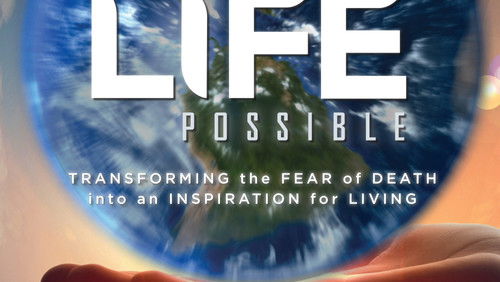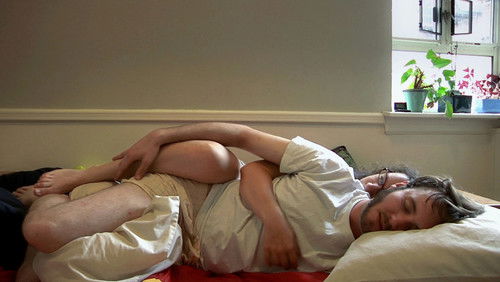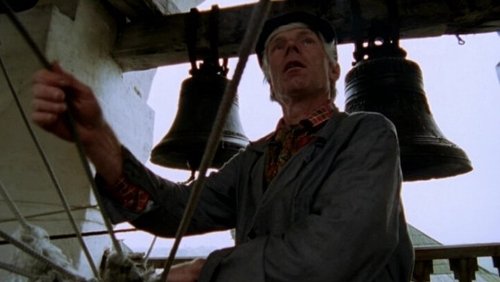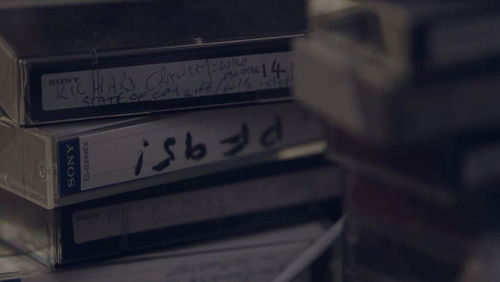Betty Davis – The Queen of Funk (2017)
15KBetty Davis – The Queen of Funk: Directed by Philip Cox, Philip Cox. With Mike Canton, Oliver Wang, Al Gee, Vernon Gibbs. Funk Queen Betty Davis changed the landscape for female artists in America. She “was the first…” as former husband Miles Davis said. “Madonna before Madonna, Prince before Prince”. An aspiring songwriter from a small steel town, Betty arrived on the 70’s scene to break boundaries for women with her daring personality, iconic fashion and outrageous funk music. She befriended Jimi Hendrix and Sly Stone, wrote songs for the Chambers Brothers and the Commodores, and married Miles – startlingly turning him from jazz to funk on the album she named “Bitches Brew”. She then, despite being banned and boycotted, went on to become the first black woman to perform, write and manage herself. Betty was a feminist pioneer, inspiring and intimidating in a manner like no woman before. Then suddenly – she just vanished. Betty Mabry Davis is a global icon whose mysterious life story has until now, never been told. Creatively blending documentary, animation and nonfiction techniques, this movie traces the path of Betty’s life, how she grew from humble upbringings to become a fully self-realized black female pioneer the world failed to understand or appreciate, revealing the mystery of her 35-year disappearance and her battle with mental illness and poverty. After years of trying, the elusive Betty, forever the free-spirited Black Power Goddess, finally allowed the filmmakers to creatively tell her story based on their conversations.
“As a play, Hamlet is an anchor of civilization, and even moderately successful films are worth seeing. But in making the translation to film, the artist has two challenges.u003cbr/u003eu003cbr/u003eThe first concerns the work as drama. This is Shakespeareu0026#39;s most ambitious vision, one he tinkered with and enlarged both conceptually and literally. The purest choice, the only choice which can encompass the full weave of the work, is to include everything — and thatu0026#39;s what Branagh has done. Consequently, this work has extra dimensions of life. In doing so, heu0026#39;s included some nice touches:u003cbr/u003eu003cbr/u003e–gone are superficial hints of mother-lust in the closet scene. These were never in the text.u003cbr/u003eu003cbr/u003e–we are reminded that Hamletu0026#39;s initial and sustaining anger is because his uncle jumped into the line of successionu003cbr/u003eu003cbr/u003e–we see the hints that Hamlet was a student of Bruno in the book on witchcraft he consults after seeing the ghost. Also his book on `mattersu0026#39; (often thought to be Brunou0026#39;s) is actually given to Ophelia. Nice. Shows deep research.u003cbr/u003eu003cbr/u003e–Polonius is treated humanely, as more than a dottering fool. This makes Opheliau0026#39;s loss (and earlier obedience) believable.u003cbr/u003eu003cbr/u003eThe second challenge is cinematic. The play was written for sparse settings; it translates naturally to audio tape and unnaturally to film. So the filmmaker has an open palette. Branagh makes some interesting choices. Many work extremely well, in particular the mirrors in the `to beu0026#39; and Ophelia sequence. Others are strange:u003cbr/u003eu003cbr/u003e–he introduces recognizable actors in secondary roles to jar us into the realization that this is a play. (One of these is really funny. How do you portray an actor among actors playing non-actors. Well, you get a noticeably BAD actor. I wonder if Heston knows heu0026#39;ll be goofed on for this for many decades as this film outlives his sandled perorations.)u003cbr/u003eu003cbr/u003e–he introduces some almost satirical film reflections: a cheesy ghost, an Errol Flynn chandelier swing…u003cbr/u003eu003cbr/u003e–he provides visual overlays for some of the images implied in the text: Hamletu0026#39;s lovemaking, considerations in Norway, reflections of the players. This ruins a few of the important ambiguities but we do have a wealth to spend after all.u003cbr/u003eu003cbr/u003e–in perhaps the worst loss of ambiguity, he makes Fortinbras an invader. This is done only to allow for some cinematic sweep at the end. Okay, Iu0026#39;ll reluctantly buy it since the alternative is extended mugging in the death scenes.u003cbr/u003eu003cbr/u003eI think Branagh and collaborators meet the first challenge nearly perfectly. As to the second challenge, this is our very best film version, in part because of extending the US tradition of playing the characters as real people (versus the UK tradition of characters as speechifiers). So far as the cinematic challenge, there are some great, really great visions here, but there are also some big cinematic misses which keeps this far from perfect. Until Greenaway attempts it, this is the best film Hamlet we have, and that simply makes it one of the best, most rewarding films ever. Iu0026#39;ll bet Branagh tries again before he dies.”









